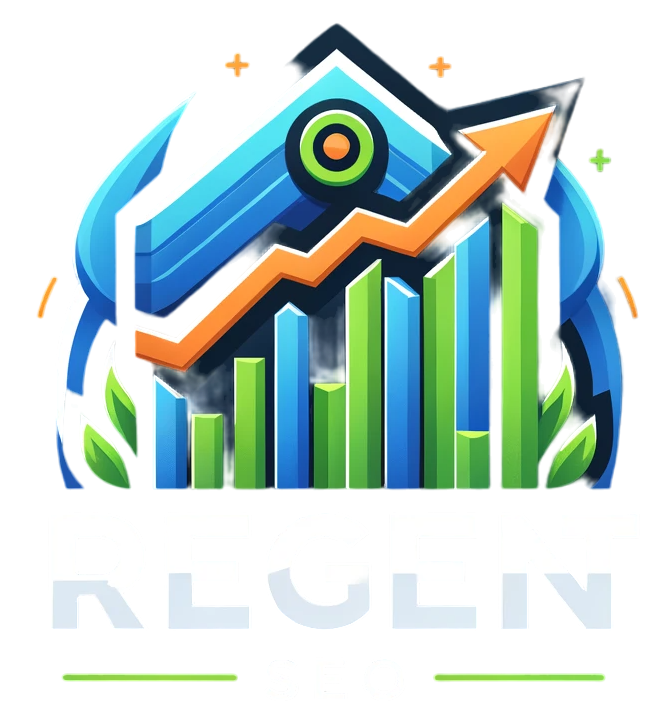How to Optimize Website Speed for Better SEO
Implementing Content Delivery Networks (CDNs)
Implementing Content Delivery Networks (CDNs) is a crucial strategy to enhance website speed and optimize SEO performance. CDNs work by distributing website content across multiple servers located in different geographic locations. By doing so, CDNs allow for faster delivery of content to users around the world, reducing latency and improving overall site performance.
CDNs play a significant role in accelerating website loading times by caching static content such as images, CSS files, and scripts on servers closer to the end-user. This means that when a user accesses the website, the content is delivered from the nearest server rather than the origin server, resulting in reduced latency and faster loading speeds. Additionally, CDNs help to alleviate server load and minimize the risk of downtime during traffic spikes, ensuring a seamless user experience.
Distributing content across various servers for faster delivery to users
Distributing content across various servers is a key strategy for optimizing website speed and enhancing user experience. By spreading content across multiple servers located in different geographic regions, website owners can reduce latency and improve loading times for users accessing the site from various locations. Content Delivery Networks (CDNs) play a crucial role in this process by caching and delivering website content from the server closest to the user, ensuring quicker access to information and a seamless browsing experience.
The distributed nature of content across servers also helps in handling spikes in web traffic more efficiently. Instead of overwhelming a single server, the load is evenly distributed across multiple servers, enabling faster delivery of content during high-traffic periods. This not only improves website speed but also ensures that users can access the website without experiencing delays or timeouts, ultimately boosting user satisfaction and engagement.
Prioritizing AbovetheFold Content
When it comes to optimizing website speed for better SEO, prioritizing above-the-fold content is crucial. Above-the-fold content refers to the portion of a webpage that is visible without scrolling. This content should load quickly and efficiently to provide users with immediate access to essential information, thus improving the overall user experience.
By ensuring that critical above-the-fold content loads first, you reduce the risk of visitors bouncing off your site due to slow loading times. This approach not only enhances user engagement but also signals search engines that your website is responsive and user-friendly. To prioritize above-the-fold content, consider optimizing images, minimizing unnecessary scripts, and utilizing techniques such as lazy loading to deliver key information promptly.
Ensuring critical content loads first for improved user experience
When it comes to optimizing website speed for better user experience and improved SEO performance, one crucial aspect is ensuring that critical content loads first. This practice plays a significant role in enhancing user experience by delivering essential information promptly. By prioritizing above-the-fold content, which refers to the content visible without scrolling, visitors can quickly access vital details without delay.
Prioritizing the loading of critical content first not only improves user experience but also helps in boosting search engine optimization (SEO) rankings. Search engines like Google consider website speed as a ranking factor, and faster-loading pages tend to rank higher in search results. Therefore, by ensuring that essential information is displayed promptly to users, websites can enhance both user satisfaction and their visibility in search engine results.
Reducing Server Response Time
Reducing server response time is crucial for enhancing website speed and overall user experience. Optimizing server configuration and resources is essential in ensuring that server response times are minimized. By fine-tuning server settings and allocating resources efficiently, websites can deliver content more promptly to users, resulting in faster loading times and improved performance.
Another effective strategy for reducing server response time is to leverage caching techniques. By storing frequently accessed data in a cache, servers can retrieve information more quickly when requested, thus reducing the time it takes to deliver content to users. Implementing caching mechanisms can significantly decrease server response times and contribute to a smoother and more efficient browsing experience for website visitors.
Optimizing server configuration and resources for quicker responses
One of the key aspects to consider when aiming to improve website speed is optimizing server configuration and resources to ensure quicker responses. By fine-tuning server settings and adequately allocating resources, websites can deliver content more promptly to users. This optimization involves adjusting various parameters such as caching policies, server software configurations, and database management settings to enhance overall performance.
Moreover, implementing efficient load balancing mechanisms can also significantly contribute to reducing server response time. By intelligently distributing incoming network traffic across multiple servers, websites can handle requests more effectively and minimize delays in content delivery. This approach not only improves the speed of accessing web pages but also helps in maintaining website stability during peak traffic periods.
Enabling Gzip Compression
Enabling Gzip compression is a fundamental technique to enhance website speed and user experience. By compressing website files, Gzip reduces the size of data transferred between the server and the user’s browser. This process significantly minimizes the time it takes for a webpage to load, as smaller file sizes can be transmitted more swiftly, leading to a faster overall site speed. As a result, users can access content more quickly, which positively impacts user satisfaction and retention.
Moreover, Gzip compression plays a crucial role in improving SEO performance. Search engines consider website speed as one of the key ranking factors, and by implementing Gzip compression, you can efficiently boost your site’s loading speed. A faster website not only enhances the user experience but also signals search engines that your site is optimized for performance, potentially resulting in higher search engine rankings. Therefore, by enabling Gzip compression, you can achieve both improved user engagement and enhanced visibility in search results, making it a vital aspect of website optimization for better SEO.
Compressing website files to reduce data transfer size and enhance speed
Compressing website files is a crucial step in improving website speed and overall user experience. By reducing the size of your website files through compression, you can significantly decrease data transfer times, leading to faster loading speeds for your visitors. This optimization technique not only enhances site performance but also plays a vital role in SEO, as faster websites tend to rank higher in search engine results pages.
Implementing Gzip compression is one of the most common methods used to compress website files effectively. Gzip works by compressing various web elements, such as HTML, CSS, and JavaScript files, before sending them to the user’s browser. This compression technique results in smaller file sizes, reducing bandwidth usage and speeding up page loading times. By incorporating Gzip compression into your website optimization strategy, you can create a more efficient and seamless browsing experience for your audience.
FAQS
Why is website speed important for SEO?
Website speed is crucial for SEO because search engines like Google consider it as a ranking factor. Faster websites tend to rank higher in search results, leading to increased visibility and traffic.
How does implementing a Content Delivery Network (CDN) help in optimizing website speed?
CDNs help in optimizing website speed by distributing content across multiple servers located in different geographical locations. This ensures that content is delivered faster to users, regardless of their location.
What is the significance of prioritizing Above-the-Fold content for website speed optimization?
Prioritizing Above-the-Fold content ensures that critical content loads first, enhancing user experience by providing instant access to important information. This optimization technique can improve the website’s overall speed and performance.
How can Gzip compression contribute to optimizing website speed?
Enabling Gzip compression reduces the size of website files, making them smaller and quicker to transfer. This leads to faster loading times for users, resulting in an improved website speed and better SEO performance.
Why is reducing server response time important for website speed optimization?
Reducing server response time is essential for optimizing website speed as it ensures that servers quickly process and deliver content to users. By optimizing server configuration and resources, websites can achieve faster response times, leading to improved speed and SEO rankings.







